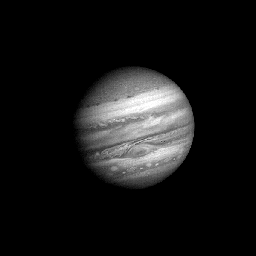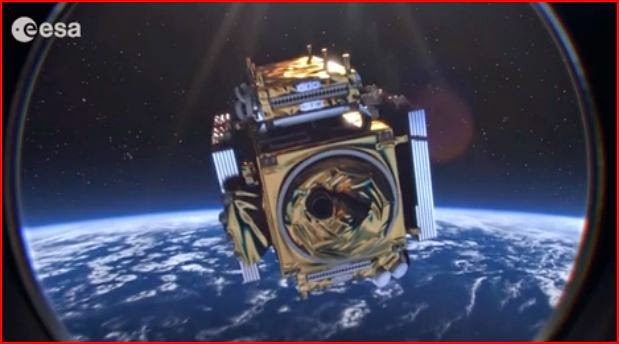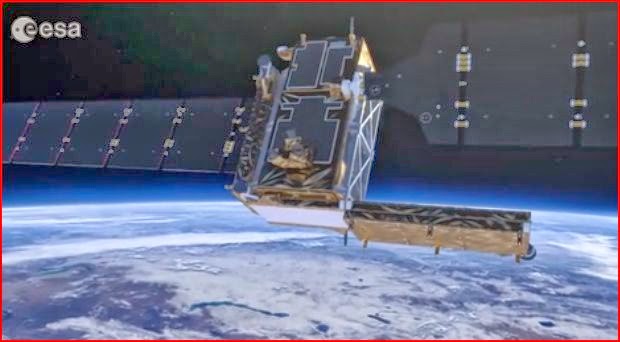 |
| Docking with the ISS. |
SpaceX Dragon V2 Animation.
The SpaceX Dragon is a reusable cargo spacecraft developed by SpaceX, the American private space transportation company. SpaceX Dragons are launched into orbit by the company's Falcon 9 launch vehicle. Thus, the Dragon is not a rocket itself, but the payload of the rocket. The Dragons come in at least two varieties, those which carry only cargo and those which are intended to carry crew to the International Space Station (ISS).
Space animations (see also
this slick one about Copernicus) are all about the professional pacing and electronic background music these days, and here we have another good space animation. Elon Musk of Tesla and PayPal fame has lots of money to burn, and some of it is going into orbit and back. SpaceX is the company (
Space E
xploration Technologies Corporation, or
SpaceX), based in Hawthorne, California, that Musk founded back in 2002. This video shows a just-announced proposal for a human transport vehicle.
It would be very cool if this works. If we're ever going to get off this rock, something like this will be the means to do it.
SpaceX Falcon Vs. Dragon
The
SpaceX Falcon line of craft is the cargo rockets. The
SpaceX Dragon spacecraft is the craft designed for human transport. They complement each other. The SpaceX Falcon 9, capable of bringing 23k lbs of cargo into orbit, already has successfully docked with the International Space Station (ISS). The SpaceX Falcon Heavy, with heavier payload capacity, is supposedly ready to go on its first demonstration flight very soon.
The Dragon is nowhere near the flying-into-space stage yet. It is projected to fly within "a few years." That they are only now releasing a concept video shows it is still far off, how far off nobody really can say with any certainty, it's all subject to testing and successful flights. If you are thinking, "Well, Elon Musk knows," well, perhaps, but he's been saying since about 2010 that this Dragon craft was only a few years away. Apparently, it's still a few years away. We all know how that goes. Complex, ground-breaking things often take much longer than we think or wish.
I just want to thank Mr. Musk for not naming one of the rockets "Enterprise." Yes, I loved the show too, but every other US craft these days seems to have to be called that.
 |
| Separation. The crew would be in the part to the right, which would return to Earth later. |
How SpaceX Dragon Would Work
As you can see in the animation, this Dragon rocket would act like a VSTOL aircraft, landing on a runway by firing its jets. If it works, it would be the first spacecraft with that capability. That seems to be its most unique feature.
One has to wonder at the efficiency of this - that's a lot of fuel to do all that counter-firing - but Musk is the one with billions of dollars and the rooms-full of rocket scientists, so we'll have to see how this plays out. There has to be a lot of science behind this, perhaps some kind of passive automatic braking mechanism built into the capsule itself. That method of landing certainly would have its advantages, including not landing at sea and requiring a fleet of ships on alert, and not even requiring a runway. Theoretically, the craft could land on the White House lawn or in Yankee Stadium during the 7th Inning Stretch.
Another potential problem is the moving parts. Notice how when the craft disengages from the ISS, it has to close a front hatch. What if that got stuck or warped and didn't close properly? Hey, stranger things have happened, there's a lot of heat involved in launches and landings. That would be "not so good" for the human cargo. So, they have a lot of critical parts.
That's the thing about animations that we always have to remember - they're always precise and pretty and everything works as it should. Hatches don't be balky and not want to close, hinges don't just "break" or get misaligned, that sort of thing. Sometimes real life isn't like that, especially on, say, the 75th re-use.
The craft is designed to carry up to seven astronauts at a time. In the animation, we see the SpaceX Dragon attaching to the International Space Station, then coming back down to earth. Part of the capsule's plan is to have as few disposable parts as possible in order to keep expenses down, which is contrary to everything NASA and everyone else has done to date.
This craft can carry around 3 tons of cargo in total. It does not replace the cargo-carrying craft but rather supplements it. If this Dragon craft works within a reasonable time frame, it would come in quite handy, as the Russians say they will stop providing launch services to the ISS in 2020. The SpaceX Dragon would be a welcome replacement - if it's ready and it works. Carrying people is a lot different than carrying cargo, it's going to require quite a bit of testing to satisfy everyone that it is safe to fly.
 |
| Human quarters inside the Dragon. |
From the
youtube page:
Meet SpaceX's Dragon V2 spacecraft, the next generation spacecraft designed to carry astronauts to Earth orbit and beyond.
2020











































